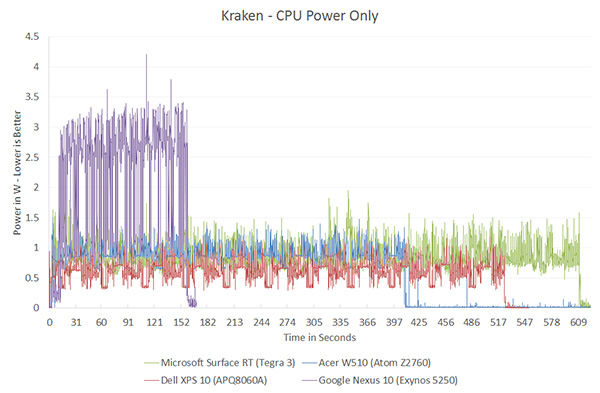fusion_power
Advanced Member
Which modern (ARM) SoCs that outperforms the OMAP 5 also has the same, or even lower TDP and thermals? So we don't need a different cooling solution if the Pyra will achive newer hardware in the furure. Most mobile chips are speedy but also produce alot of heat that lead to alot of throttling. Not good if you want to run your fav. Emulator 24/7 mobile with no compromises in speed. ^^"


